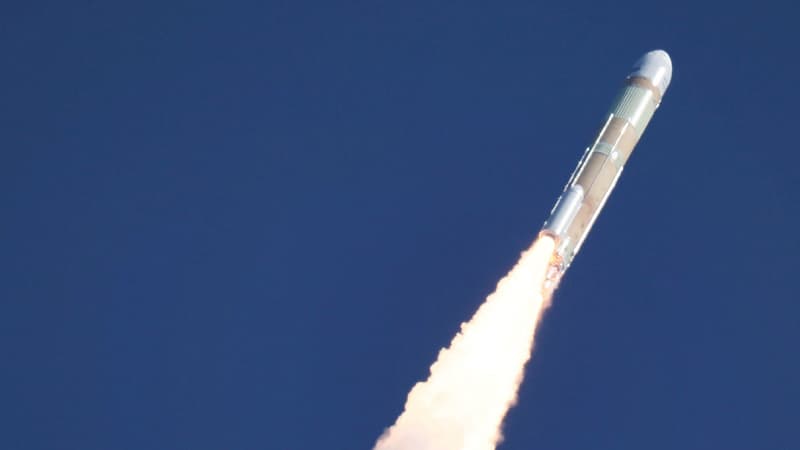Japan’s next-generation H3 rocket was ordered to self-destruct shortly after liftoff on Tuesday due to a failure of as-yet-unknown origin that made it impossible to complete its mission, Japan’s Jaxa space agency said. This is the second bitter failure in a row for this new space launcher that Japan is pinning high hopes on. In mid-February, this model failed to take off due to a problem with its thrusters, forcing Jaxa to postpone its maiden flight.
This time, the rocket managed to take off as scheduled at 10:37 Japanese time (02:37 Paris time) from the Tanegashima space center (southwestern Japan). But the mission was aborted about ten minutes later, when the machine’s speed seemed to slow abnormally. The command center first indicated that firing of the rocket’s second stage engines was “not confirmed”, before announcing a self-destruct order because there was no longer “a chance of mission success”.
a series of failures
The massive H3 model, the successor to the H2-A rockets, is supposed to allow Japan to ensure more frequent, safer and less expensive commercial space launches in the future in order to compete in particular with the Falcon 9 launcher of the American company SpaceX. to carry satellites. The Jaxa was known for its high flight reliability, but it has had a series of failures since last year.
Last October, another of its smaller launchers, Epsilon, also received a self-destruct order shortly after liftoff due to a trajectory problem. It was the first failure of a Jaxa rocket since 2003.
Source: BFM TV


